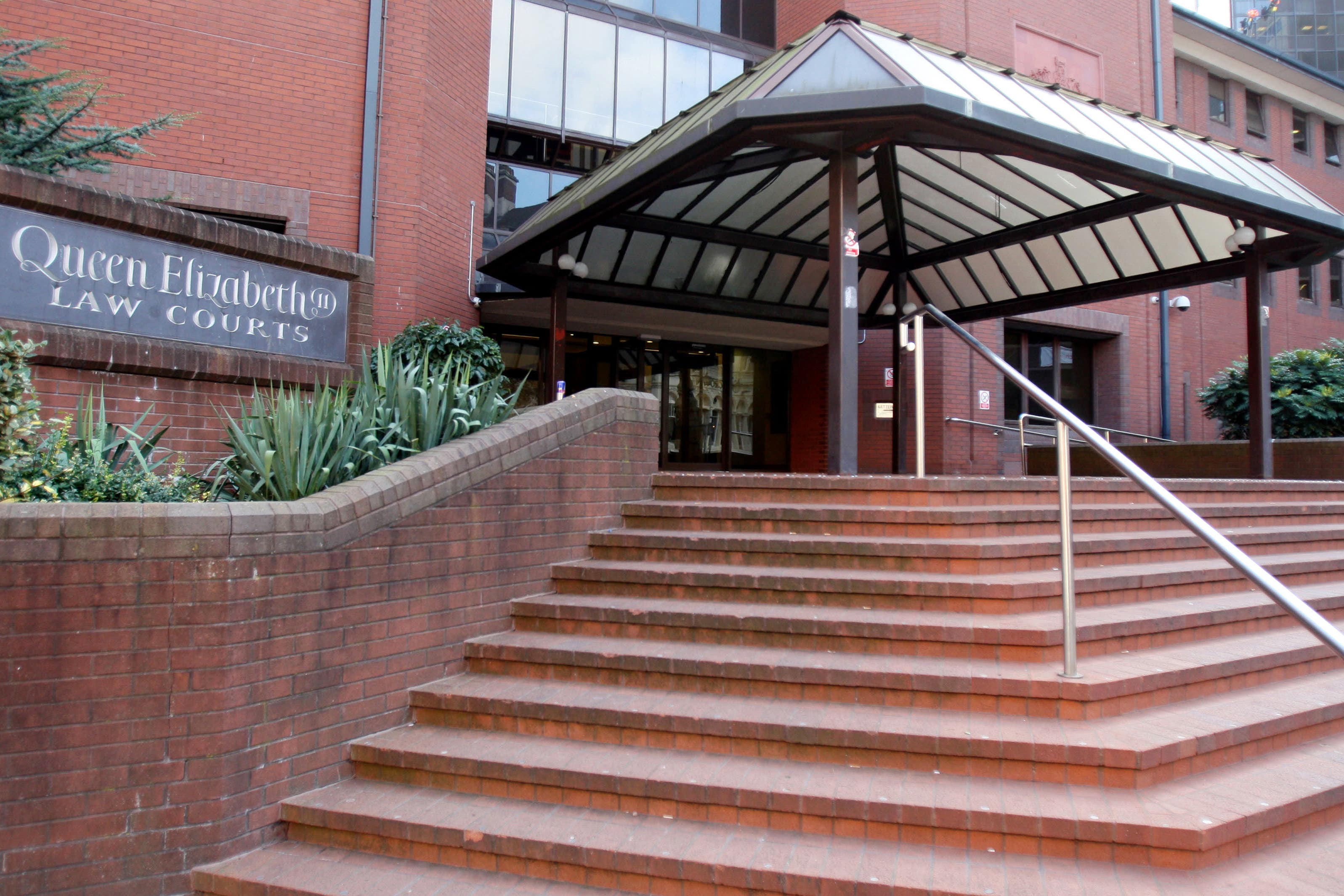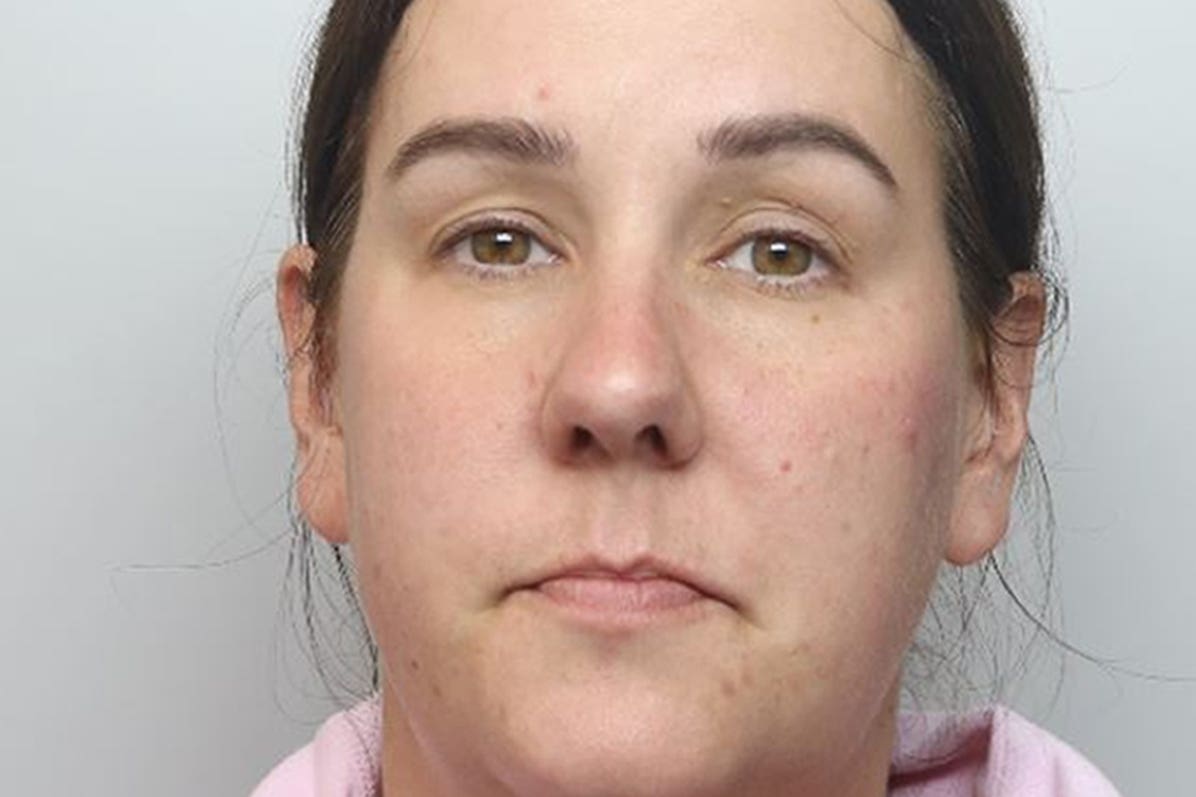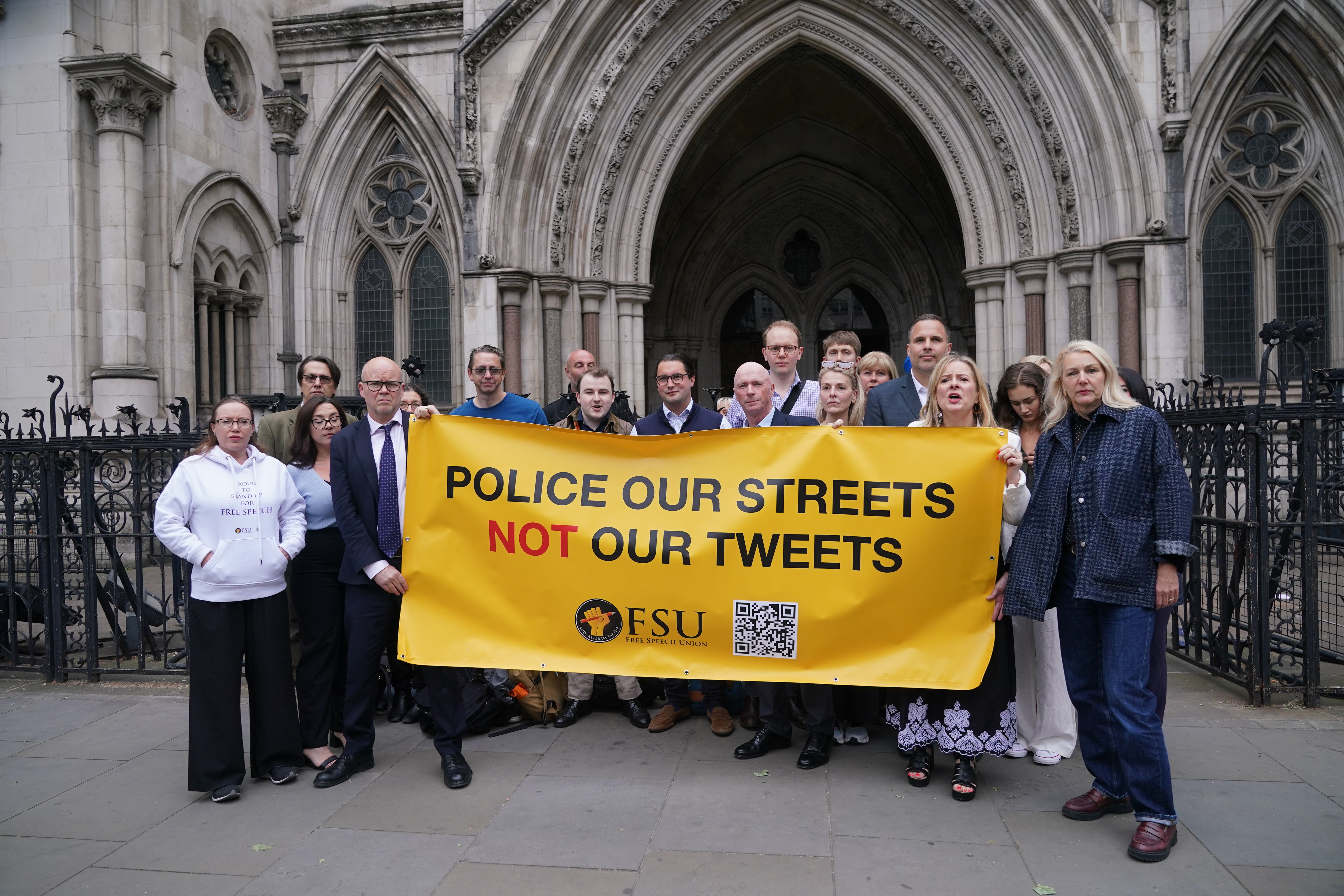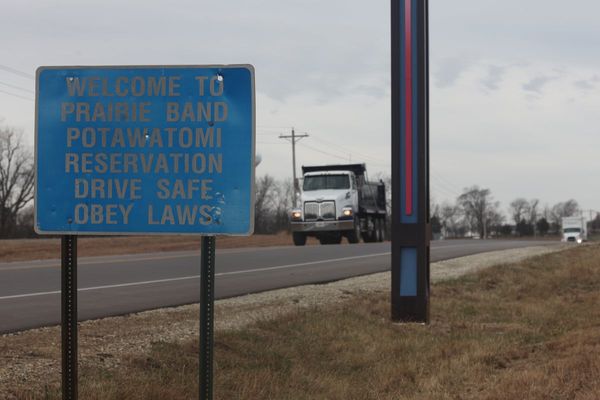
The wife of a former Conservative councillor has lost an appeal against her 31-month sentence for inciting racial hatred online following the Southport attacks.
Lucy Connolly sought to challenge her sentence at a hearing on Thursday, with her barristers arguing that the sentencing judge, Melbourne Inman KC, incorrectly categorised the offence for the purpose of sentencing.
During discussions with her barrister, Liam Muir, at the Crown Court, Connolly said that she did not understand that by pleading guilty she was accepting that she intended to incite violence.
Her defence added that the judge did not give enough weight to mitigating factors.
Yet three judges ruling on Tuesday said there was “no arguable basis” to conclude the jail term was “manifestly excessive”.
This is why Connolly was jailed, why the sentence was 31 months and why her appeal bid was refused.

What offence did Lucy Connolly commit?
Connolly pleaded guilty in September to a charge of inciting racial hatred by publishing and distributing “threatening or abusive” written material on X, formerly Twitter.
On July 29 last year, she posted: “Mass deportation now, set fire to all the f****** hotels full of the b******* for all I care… if that makes me racist so be it.”
The charge, contrary to section 19(1) of the Public Order Act 1986, said that she “published and distributed written material on the social media platform X, formerly Twitter, which was threatening, abusive or insulting with the intent thereby to stir up racial hatred or whereby, having regard to all the circumstances, racial hatred was likely to be stirred up thereby”.
The 1986 Act covers offences around incitement, public disorder and harassment, and covers both online and offline offences.

How was Lucy Connolly sentenced?
Connolly admitted a “category 1A” offence, meaning that her culpability was deemed to be in “category A”, and the harm was in “category one” – both the highest categories.
Guidelines on how to sentence offenders for several crimes are published by the Sentencing Council, an independent body which is led by the judiciary.
The guidance for racial hatred offences states that those who commit such a crime are to be deemed to have high culpability if they demonstrate one or more of three factors.
These are using a “position of trust, authority or influence to stir up hatred”, showing an “intention to incite serious violence” and demonstrating “persistent activity”.
A publication is considered to cause “category one” harm if it “directly encourages activity which threatens or endangers life”, and there is “widespread dissemination”.
The maximum sentence for the offence is seven years behind bars.
Defendants who commit category 1A offences can be sentenced to between two and six years in prison, with the “starting point” for sentences – the point used before aggravating and mitigating factors are considered – being three years.

How did the sentencing judge categorise the offence?
During sentencing, Judge Inman said that both prosecution and defence barristers agreed that the case involved a “category 1A” offence.
He said the timing of the post was a “further significant aggravating factor” to the offence, which came amid a “particularly sensitive social climate”.
He added that in the three-and-a-half hours between Connolly publishing and deleting the post, it was “widely read”, having been viewed “310,000 times with 940 reposts, 58 quotes and 113 bookmarks”.
In mitigation, Judge Inman said Connolly had no previous convictions, that it was her first time in prison, that she did not repeat her statement and deleted the post, and that she “sent some messages to the effect that violence was not the answer”.
He also said that he accepted she still “very keenly” felt the loss of her own child several years ago, and that she regretted her actions.
But he also found that Connolly had “little insight into, or acceptance of” her offending.
He said: “Whilst you may well have understood the grief of those who suffered their own tragic losses in Southport, you did not send a message of understanding and comfort but rather an incitement to hatred.”
He added that the sentence he would have imposed after a trial was one of three-and-a-half years – 42 months – but then reduced this by a quarter due to Connolly’s early guilty plea, resulting in the final sentence of 31 months.

What were Connolly’s grounds of appeal?
At the Court of Appeal on Thursday, lawyers for Connolly said that Judge Inman “miscategorised” the offence, claiming her culpability should have been deemed as “category B”, and that the mitigating factors outweighed the aggravating features.
Giving evidence during her appeal bid, Connolly also referenced the case of Tyler Kay, who was sentenced to 38 months’ imprisonment in August last year for the offence of publishing written material which was threatening, abusive or insulting, intending thereby to stir up racial hatred.
Kay had reposted part of Connolly’s social media post and then made further posts on his X account, including with the hashtag “standwithlucyconnolly”.
Connolly told the court that she had discouraged violence, whereas Kay had not.
But Lord Justice Holroyde, sitting with Mr Justice Goss and Mr Justice Sheldon, ruled on Tuesday that Connolly “willingly pleaded guilty” to the offence and that Judge Inman was “entitled, and indeed obviously correct, to categorise the case as he did”.
He continued that the judges were “quite unable to accept” that Connolly pleaded guilty “without any understanding of its references to the culpability factor or the starting point”, and said she was “well aware of what she was admitting”.
He said: “It is primarily for a sentencing judge to weigh the various aggravating and mitigating factors and to reach a conclusion as to what, if any, upwards or downwards adjustment should be made to the appropriate guideline starting point.
“This court will not interfere merely because it feels that some judges might have reached a slightly different conclusion in that regard: an applicant must show that the judge imposed a sentence which was outside the range properly open to him or her.

What has the response been to the appeal bid being dismissed?
Responding to the ruling, Connolly’s husband, Conservative councillor Ray Connolly, said he was “heartbroken” by the “shocking and unfair” decision.
He said: “My wife Lucy is a good person and not a racist.
“As a childminder she took care of small children of African and Asian heritage; they loved Lucy as she loved them.
“My wife has paid a very high price for making a mistake, and today the court has shown her no mercy.”
The Free Speech Union said the judgment was “deeply disappointing” and that the sentence was “plainly disproportionate”.
It cited the cases of three others, including two jailed for their roles in the disorder following the Southport attacks, who received shorter jail terms.
Philip Prescott was jailed in August last year for two years and four months after admitting violent disorder in Southport, with Merseyside Police stating that he threw missiles at police, including a brick from a damaged garden wall.
Haris Ghaffar was jailed for 20 months in September, also by Judge Inman, after admitting the same offence, having kicked a door during efforts to storm a pub wrongly believed to contain English Defence League members in Birmingham in August.
But Sentencing Council guidelines state that the maximum jail sentence for violent disorder is one of five years in prison, with a range of between three and four-and-a-half years’ custody for those who commit “category 1A” offences.







